Back to basic, so important at the time of start a game or during a complicated moment of the meeting. Indeed, having a good forehand can you get out of bad situations.
The forehand down the track is a basic shot that should absolutely not be overlooked. Imagine yourself doing a warm-up against someone who is not at all comfortable, without control or precision with their forehand, stressed each time the ball approaches. What are you going to do ? Insist on this area which seems weak to you. So our idea today is to help you make your forehand a hit.
The choice of the effect, the grip
That would be the starting point. It doesn't matter how you grip the pala, the important thing is that the impact is good. If you can't find a clean impact, modify your grip slightly. The effect will come in the next step. We cannot, from our comfort zone, hit once flat, once topspin, once cut, brushed, in short, you will have understood, since we are attacked quite quickly by our opponents at the net, the changing the effects with each keystroke complicates our task. The idea would therefore be to start with the same effect (flat would be the simplest but up to you) as a base, then depending on the situation and especially the time you have, switch to another, more risky effect.
Time
Here we are quiet with a choice of effect and grip. To defend well, you have to accept that opponents are attacking, and the more time you have to control the ball, the better your forehand will be. So let the ball come to you by accompanying it backwards first before hitting it forward secondly. This backward-forward movement is particular to the padel ; it gives you time to manage the ball better, then helps you with window defense, then gets you finished forward so you can put your opponents under pressure after every shot.
Preparation is the key
Early forehand setup is below waist level and provides peace of mind for the rest of the shot. Indeed, the fact of preparing early by placing the pala behind you removes information from your brain which can better focus on something else, the placement for example. Act with your arm like a door that opens and closes, more or less when the ball bounces. As we are on defense, the vast majority of balls will be negotiated below waist level so it may not be necessary to raise the pala as a golfer would at the start of a par 4. Low preparation , below waist level, is more than enough.
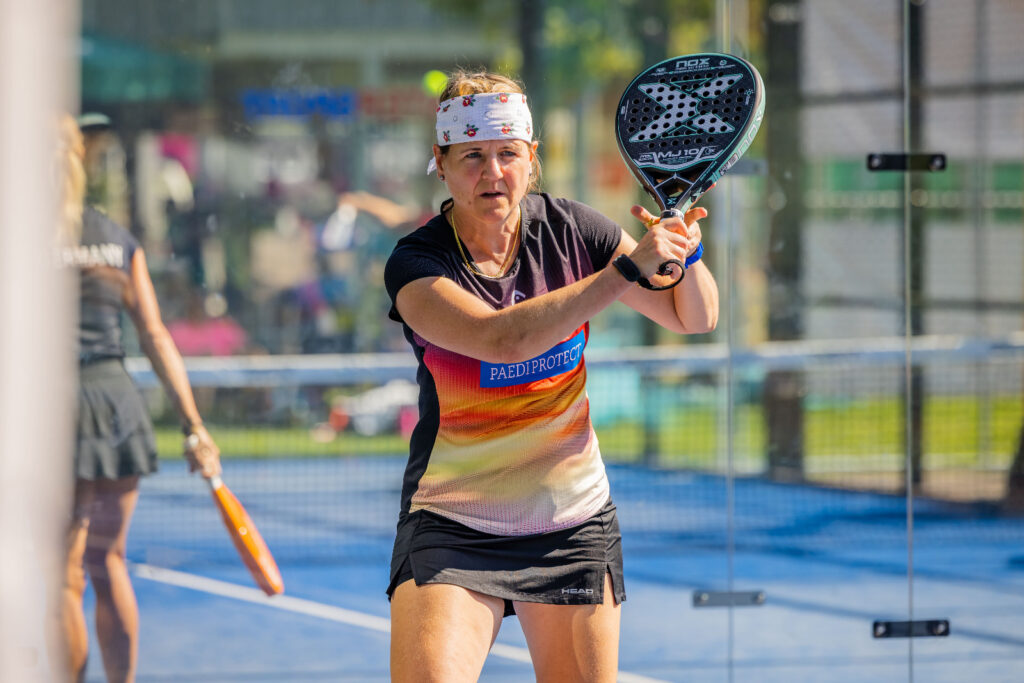
Impact and end of gesture
The impact must be, for maximum efficiency, if possible in front of you, hence this back-to-front displacement work. But in some cases, some situations, it becomes difficult or even impossible. So what to do? Impact at body height or slightly behind by modifying the playing area: in front of you, you will play more crosswise, at body height, you will play more in the center and behind you, you will play more along the line.
The end of the gesture is also important because if you finish with too large a gesture, you will certainly be late for the next move. One of the techniques consists after the strike, in recovering the pala with the non-dominant hand in front of you, ready for the next information gathering.
Where to play?
Recurring question on the track. Tell yourself that you are not alone and above all that you are in defense. If you take too many risks, you will either win the point or lose it. The goal is to build, to be patient, to make the opponents play at the net to wait for the less well played shot which will allow you to try an action favoring your passage in the attacking zone. For this the base is the diagonal. Playing diagonally allows you to play without thinking, to take more insurance in your shots, to create series, and above all, not to expose your partner by uncontrolled and unpredictable assaults.
Speed
You suspect it. The harder you hit, the less precise you will be, the less time you will have to recover and if the opponents let the ball pass, they will have no great difficulty in playing it afterwards and sending you back to the bottom of the track again. The ideal would be to find a rebound in the middle of the service box. For what ? Because it allows you to volley below the level of the net or at least at net height, and if the ball is not hit at the net, it will make two rebounds before touching the back glass or make its second rebound behind the service line: difficult for the opponents.
The basic forehand. To work on in training
Before working on any kind of shots, think about spending time on this routine, this basic groundstroke that will allow you to play better and above all to be more comfortable in defense and with your partner. Make ranges, hit as many balls as possible with your technique or the technique that suits you best, so that after 100 balls played, you find yourself picking them up at the opponent's service line diagonally, in an area of one square meter. Let's go!
Julien Bondia is a teacher of padel in Tenerife (Spain). Columnist and advisor, he helps you play better through his tutorials and tactical/technical articles padel.




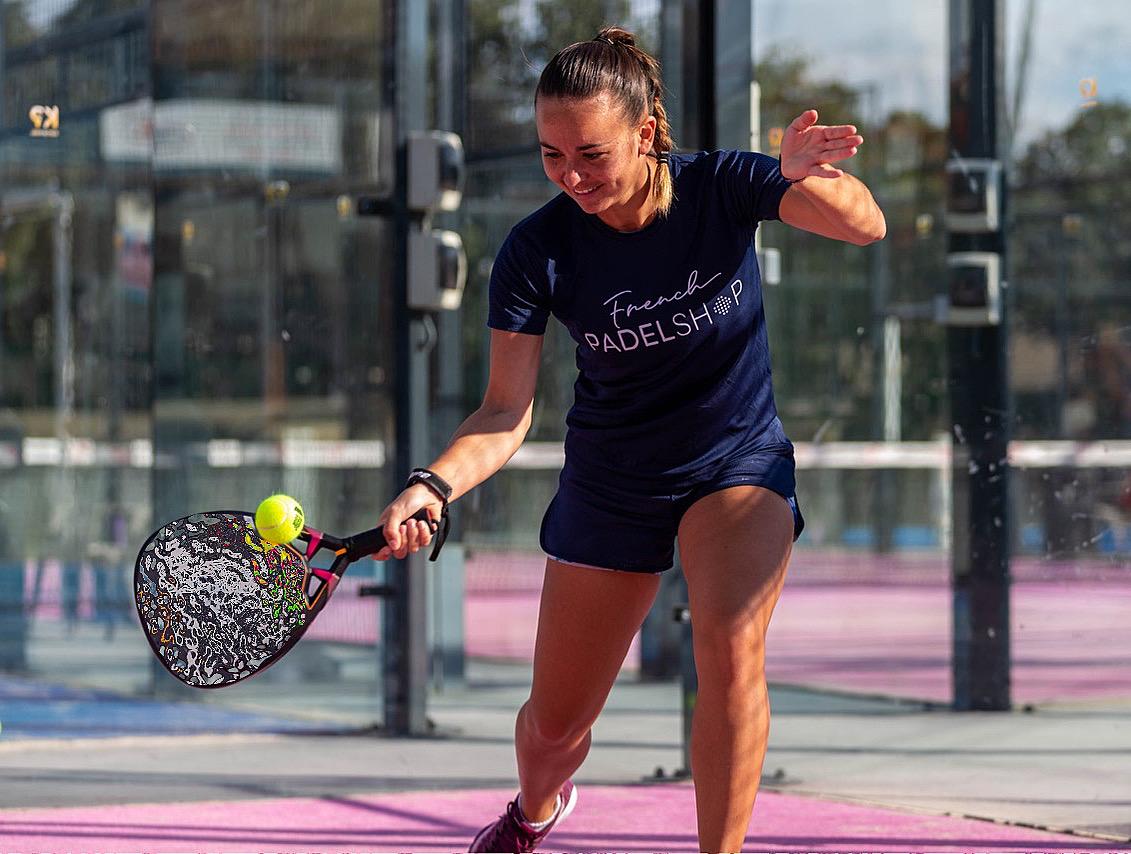
































































































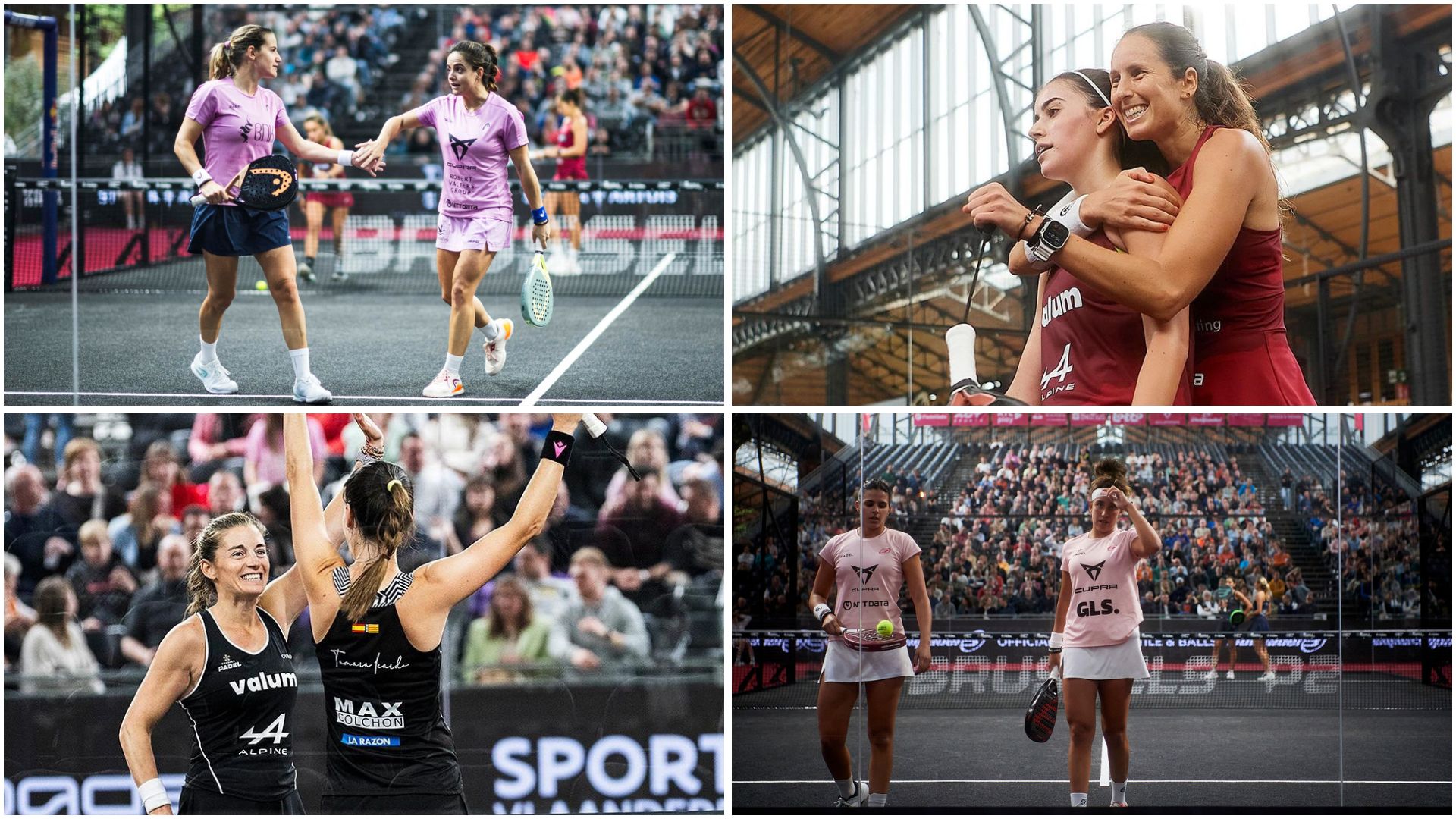 Premier Padel Brussels P2 – The women’s Big 4 at the semi-finals!
Premier Padel Brussels P2 – The women’s Big 4 at the semi-finals!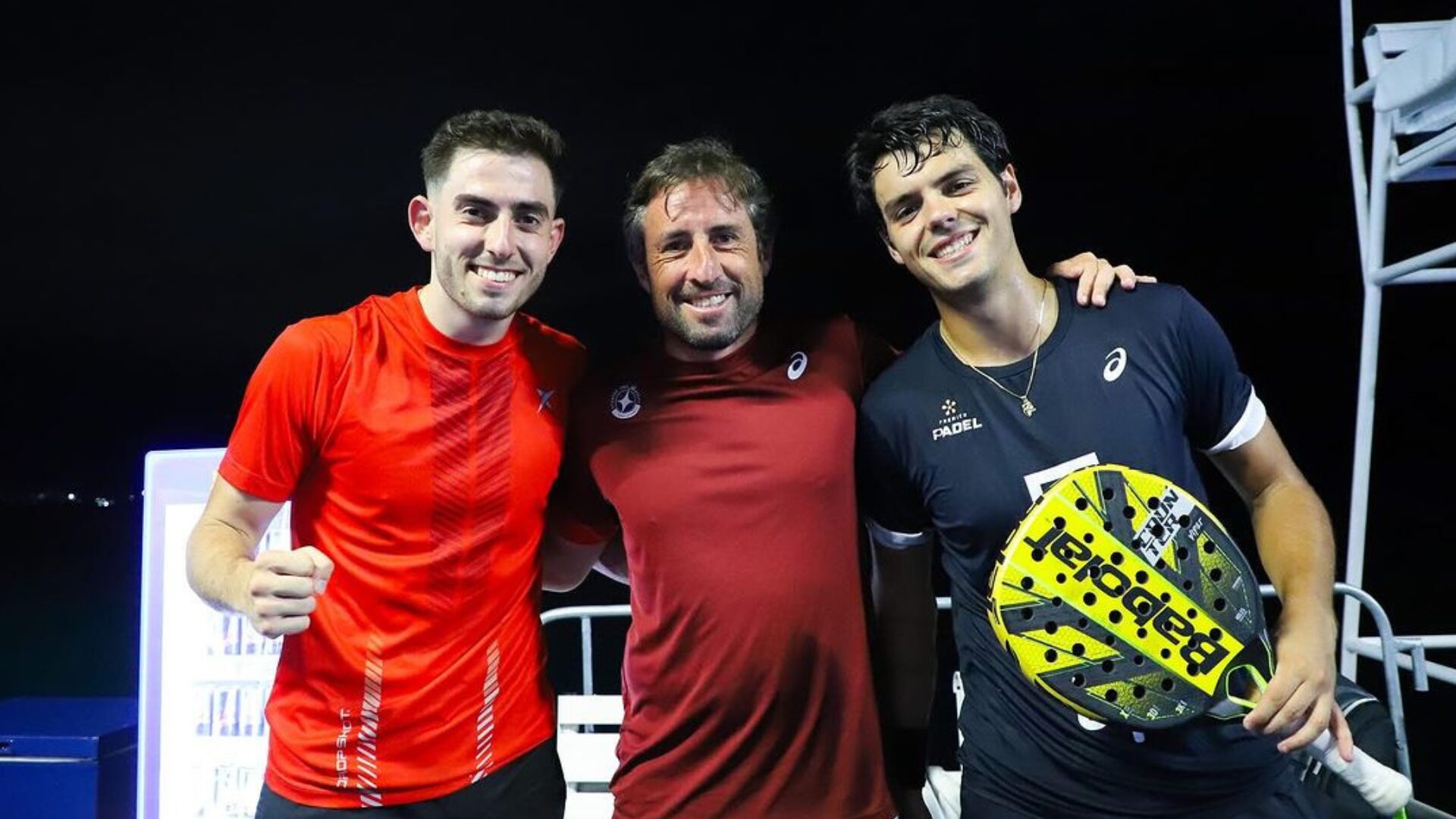 Premier Padel Brussels P2 – Sanz and Nieto win a big fight against Lebron / Navarro!
Premier Padel Brussels P2 – Sanz and Nieto win a big fight against Lebron / Navarro!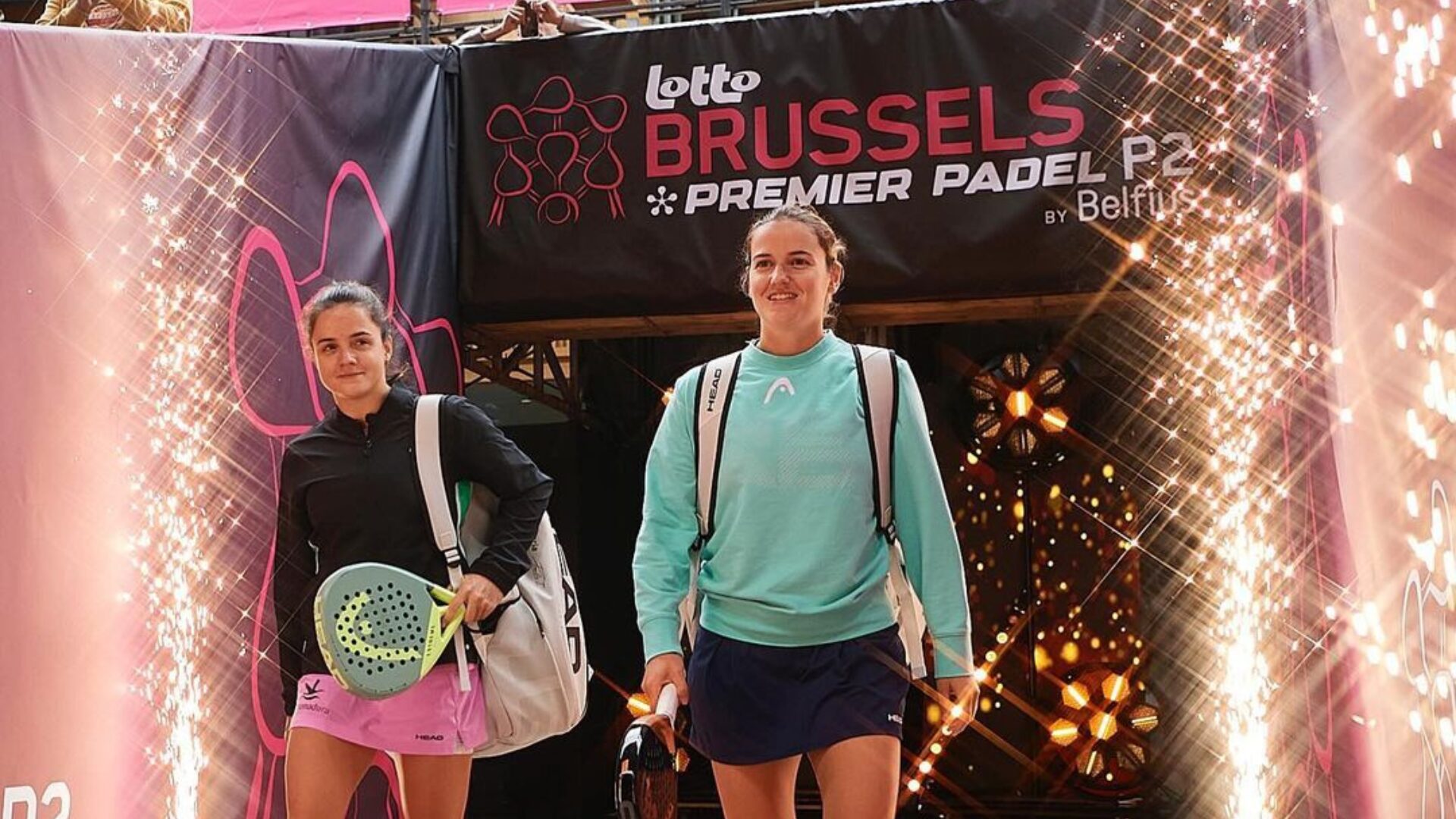 Premier Padel Brussels P2 – The break obviously did Sanchez / Josemaria good!
Premier Padel Brussels P2 – The break obviously did Sanchez / Josemaria good!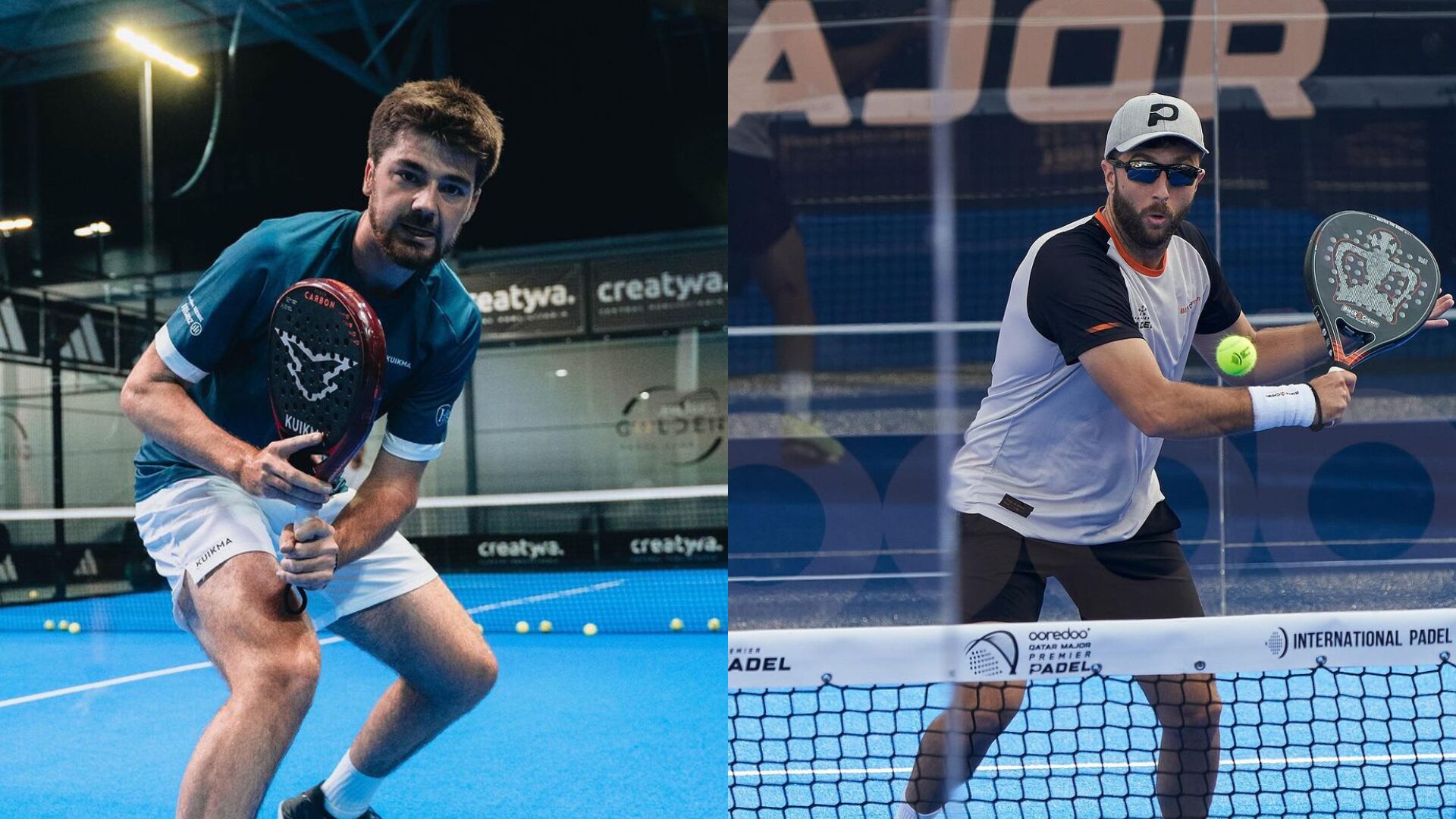 Premier Padel Sevilla P2 – From the waiting list to previas for Dylan Guichard and Ricardo Martinez!
Premier Padel Sevilla P2 – From the waiting list to previas for Dylan Guichard and Ricardo Martinez! Guillaume Codron de Sud Padel : “A family project”
Guillaume Codron de Sud Padel : “A family project” Nallé Grinda: “Democratize the padel in the USA with PadelX "
Nallé Grinda: “Democratize the padel in the USA with PadelX " Simon Boissé: “We know that there are two nations in front of us”
Simon Boissé: “We know that there are two nations in front of us” Marie Maligo: “This period of frequent changes of partners was beneficial for me”
Marie Maligo: “This period of frequent changes of partners was beneficial for me” Gilles Moretton: “We will be able to put the padel at the level of tennis”
Gilles Moretton: “We will be able to put the padel at the level of tennis” Two P1000 doubled prize money approaching!
Two P1000 doubled prize money approaching! José Manuel Escin at the inauguration of Casa Padel DOS: “Finally, and thank you!”
José Manuel Escin at the inauguration of Casa Padel DOS: “Finally, and thank you!”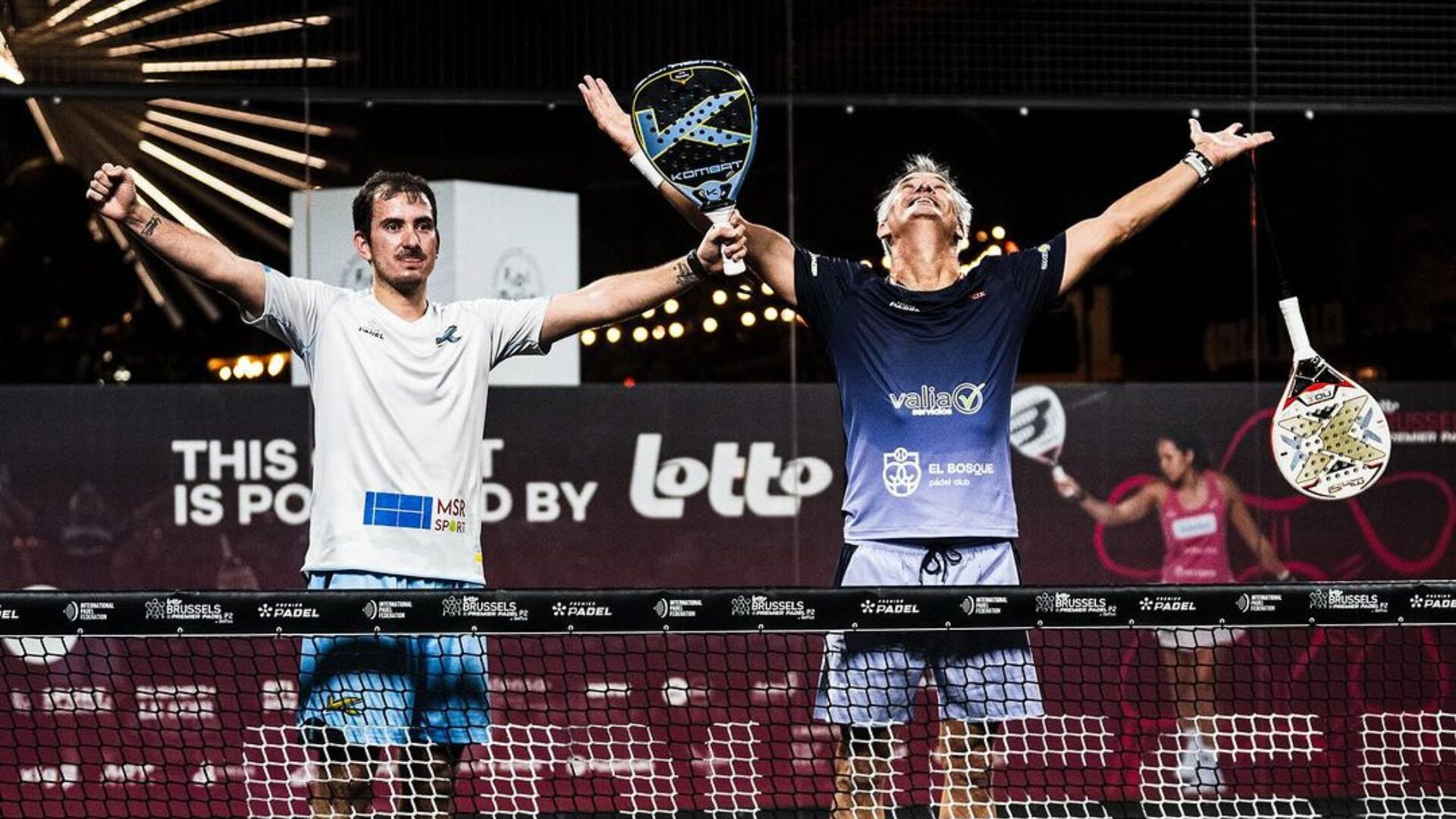 Miguel Lamperti: three tie-breaks and a return to the quarter-finals!
Miguel Lamperti: three tie-breaks and a return to the quarter-finals!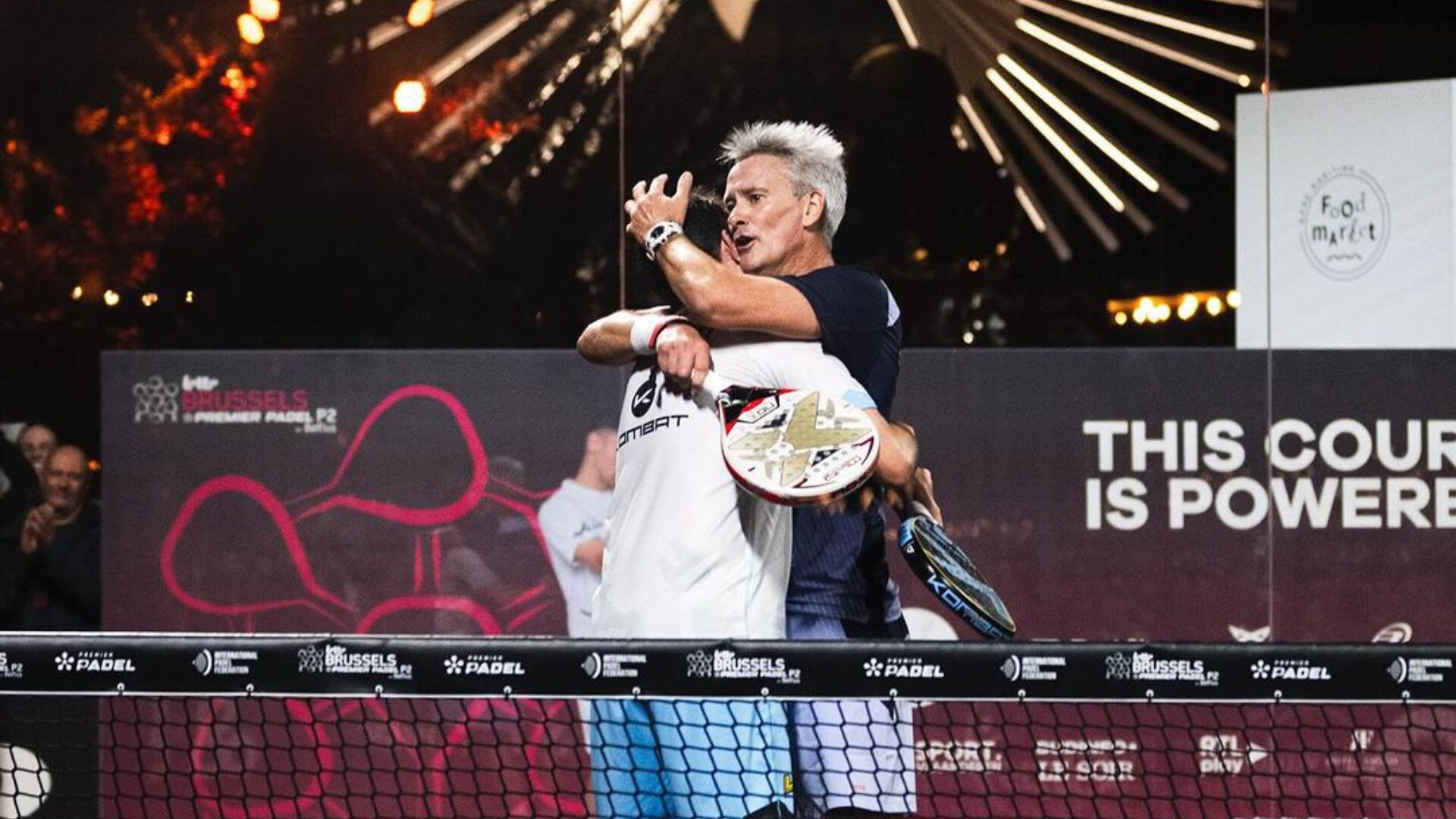 Big evening in Brussels with two seeded players on the mat, heckled number 1s…
Big evening in Brussels with two seeded players on the mat, heckled number 1s…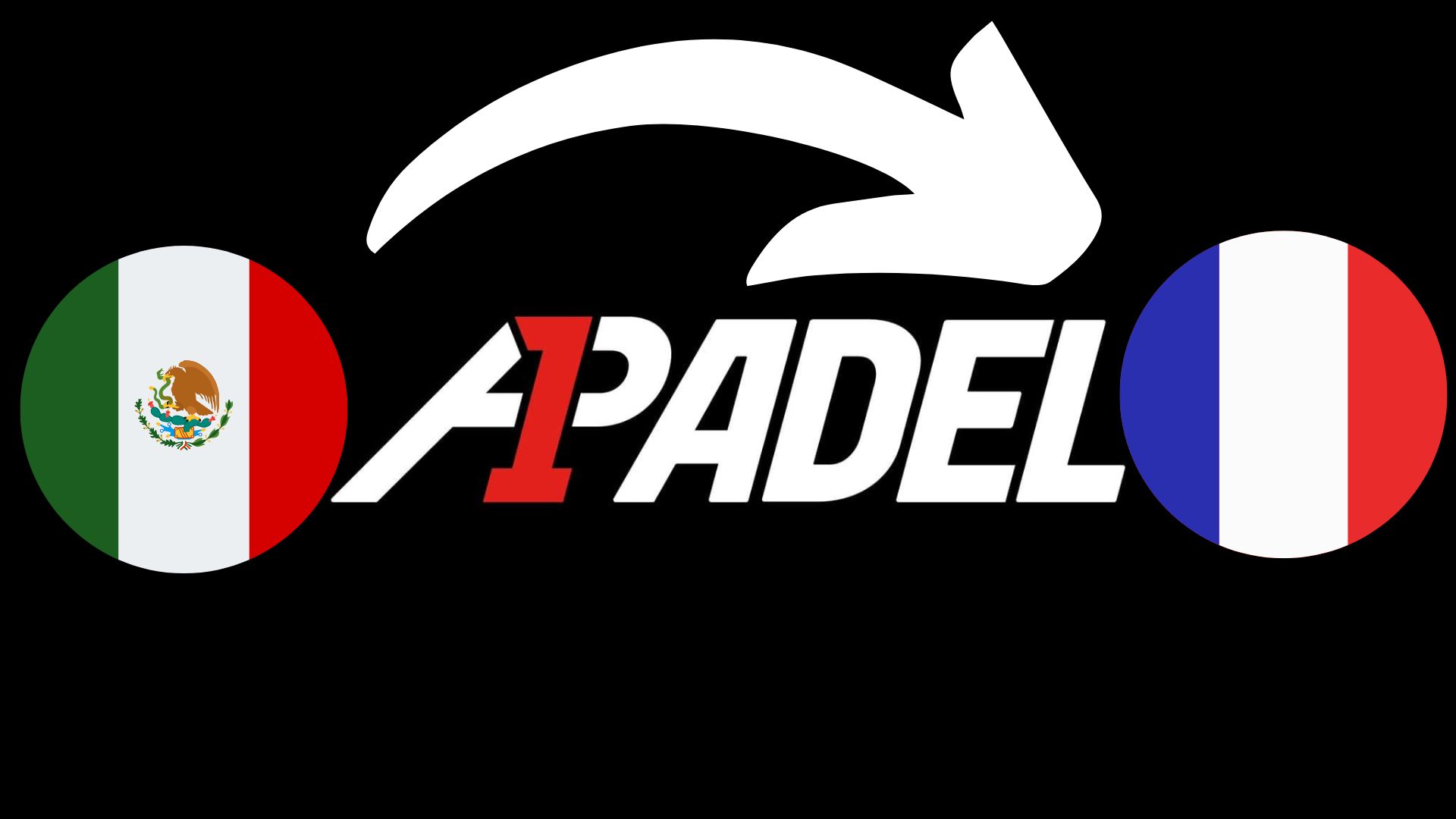 A1 Padel – the French Open replaces the Mexican Open on the calendar
A1 Padel – the French Open replaces the Mexican Open on the calendar Padel Score comes to Tahiti for American Express Padel Cup!
Padel Score comes to Tahiti for American Express Padel Cup! Do you know the Rafa Nadal Academy Tour?
Do you know the Rafa Nadal Academy Tour? Play at padel on his yacht? Possible for €233.000!
Play at padel on his yacht? Possible for €233.000! Our Top 10 training courses padel in France and Europe
Our Top 10 training courses padel in France and Europe At the heart of padel – Episode 25: Paul and Andoni answer your questions
At the heart of padel – Episode 25: Paul and Andoni answer your questions Tactical padel – What to do when faced with players who systematically stay at the bottom?
Tactical padel – What to do when faced with players who systematically stay at the bottom? The basic tactics of padel
The basic tactics of padel At the heart of padel – Episode 25: Paul and Andoni answer your questions
At the heart of padel – Episode 25: Paul and Andoni answer your questions At the heart of padel – Episode 23: defend the window well
At the heart of padel – Episode 23: defend the window well Prohibition on playing topless Padel : the reasons
Prohibition on playing topless Padel : the reasons FIP Tour – Going far from Europe, THE strategy to earn points!
FIP Tour – Going far from Europe, THE strategy to earn points! What is a good football player? padel ?
What is a good football player? padel ? “Lefties give me headaches when I play against them!”
“Lefties give me headaches when I play against them!” At the heart of padel – Episode 14: how to earn points in winter?
At the heart of padel – Episode 14: how to earn points in winter? A par 4 is always a winner...even if you manage to defend it!
A par 4 is always a winner...even if you manage to defend it! Carbon fiber VS fiberglass: what to choose?
Carbon fiber VS fiberglass: what to choose? How to effectively test a racket padel ?
How to effectively test a racket padel ? La padel to fight Parkinson's disease
La padel to fight Parkinson's disease Don't play with a cracked or broken racket, your body will thank you!
Don't play with a cracked or broken racket, your body will thank you! Michel Cymes: “The padel, physically, it’s serious!”
Michel Cymes: “The padel, physically, it’s serious!” Jeremy Gala: “Promote the padel among young people in Belgium remains a challenge”
Jeremy Gala: “Promote the padel among young people in Belgium remains a challenge” The French Touch Academy organizes its selection day Padel-Study
The French Touch Academy organizes its selection day Padel-Study Report on the detection and training of younger generations
Report on the detection and training of younger generations